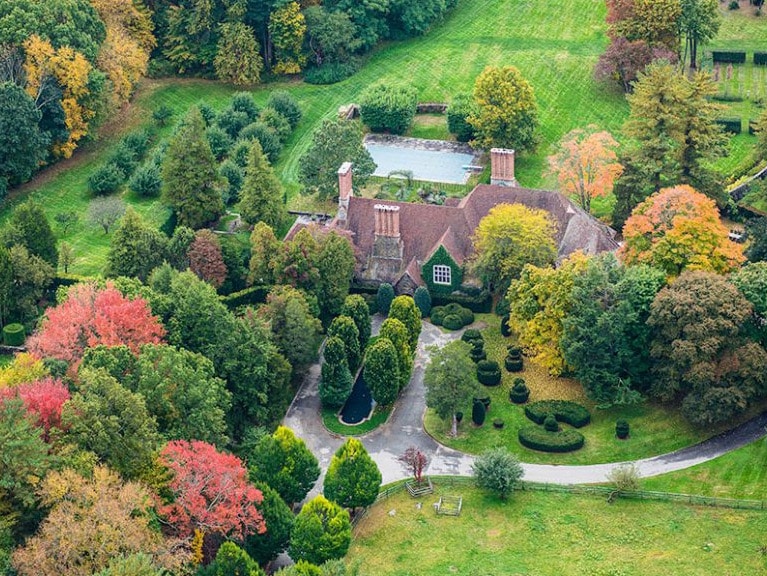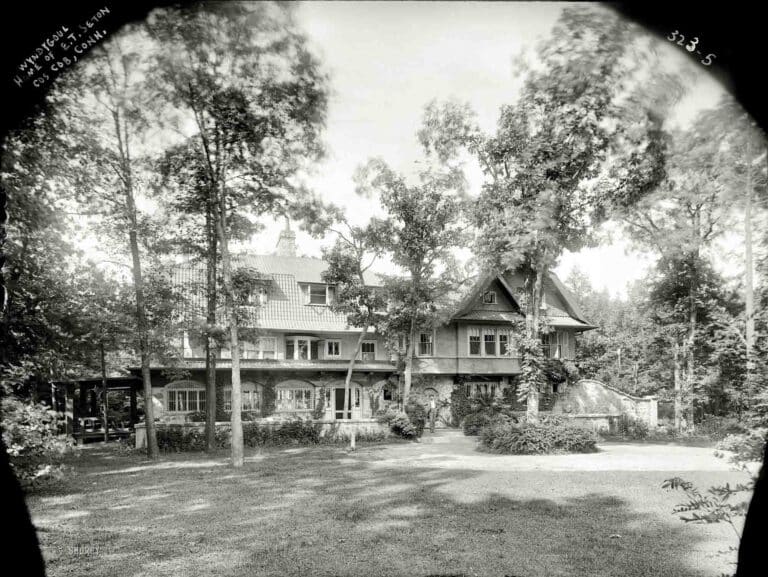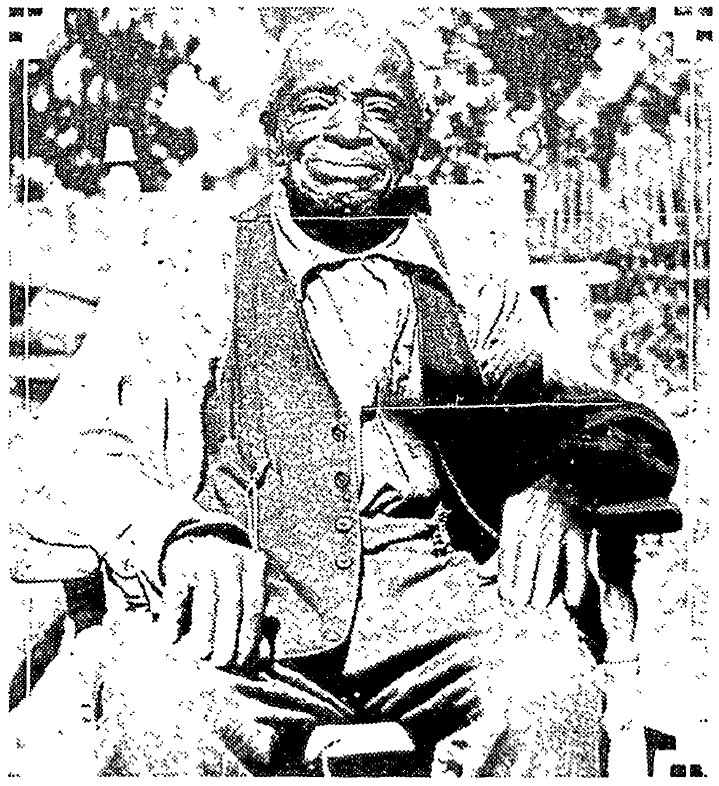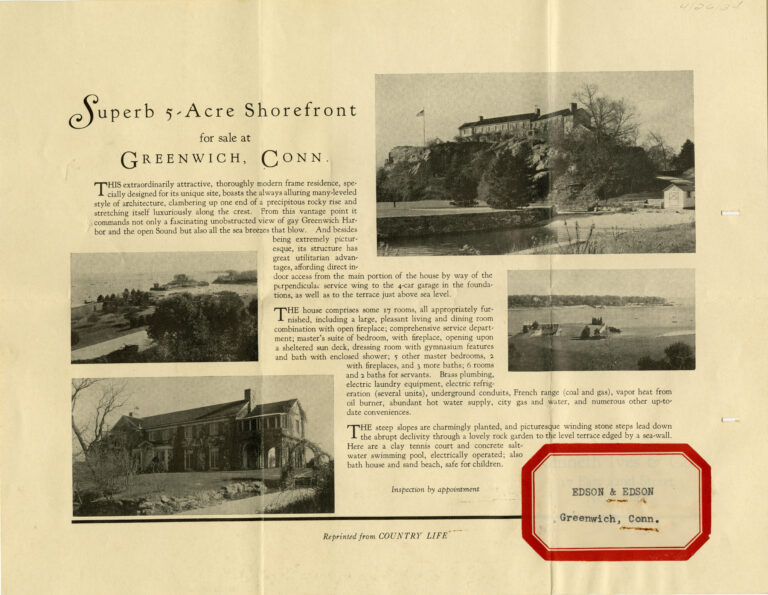In 1927, investment banker and decorated World War I pilot George L. Ohrstrom commissioned architect Charles Lewis Bowman to build the sprawling gentleman’s estate known as Old Mill Farm. The 5,800 SF, eight bedroom Elizabethan Tudor features antique English oak linen-fold panel walls, a great hall with a 40’ vaulted ceiling, stained-glass windows, quarter-sawn oak floors and a stone rathskeller. Outbuildings include a Cotswold-Style stone cottage with two 4-bedroom apartments, a stable, a log cabin and a professional greenhouse. The Greenwich Board of Trade awarded Bowman a medal in 1931 for the estate’s outstanding architectural design.

Deed research conducted by the Greenwich Historical Society reveals that at least the easternmost parcel of the property was once owned by Sylvanus Selleck who in 1796 built a grist mill on the east branch of the Byram River to service the farmers who settled in Round Hill. Set on the south side of Old Mill Road, the modestly sized wood frame structure is covered by a gabled roof and wooden clapboards and sits on fieldstone foundation.
Edwin Knapp purchased this property in 1846 and the mill is alternatively named after him. A rare surviving example of braced-frame construction, the mill was operated until Edwin Knapp’s death in 1895 and is the only one remaining in town. As part of its efforts to recognize the town’s rich historical legacy, the Society placed a plaque on the mill in 1988.
The mill property remained in the Knapp family until 1927 when it passed to George Lewis Ohrstrom whose larger purchase of 83 acres included the site of the mill.
He sold the property in 1954 to Herbert Mayer, the founder of World House Galleries in New York City and a noted art collector. Eventually the estate passed into the hands of actor Mel Gibson in 1994, who then occupied the home for the next 15 years.
Cosette Property LLC held the property from 2010 until 2019, when they sought to set aside a 9¼- acre lot for the main house and build 28 houses on 17 acres by applying for Historic Overlay Zoning and a conservation easement.
Instead, neighbor and philanthropist, Mimi Sternlicht, “rescued” the property from developers and proposed to the Town that she create a center for arts and education by restoring the main house and its outbuildings and erecting “The Glass Barn” — styled after The Glass House in New Canaan where Ms Sternlicht is a member of the Advisory Council — and which would be built from local and salvaged materials and accommodate up to 300 guests.





